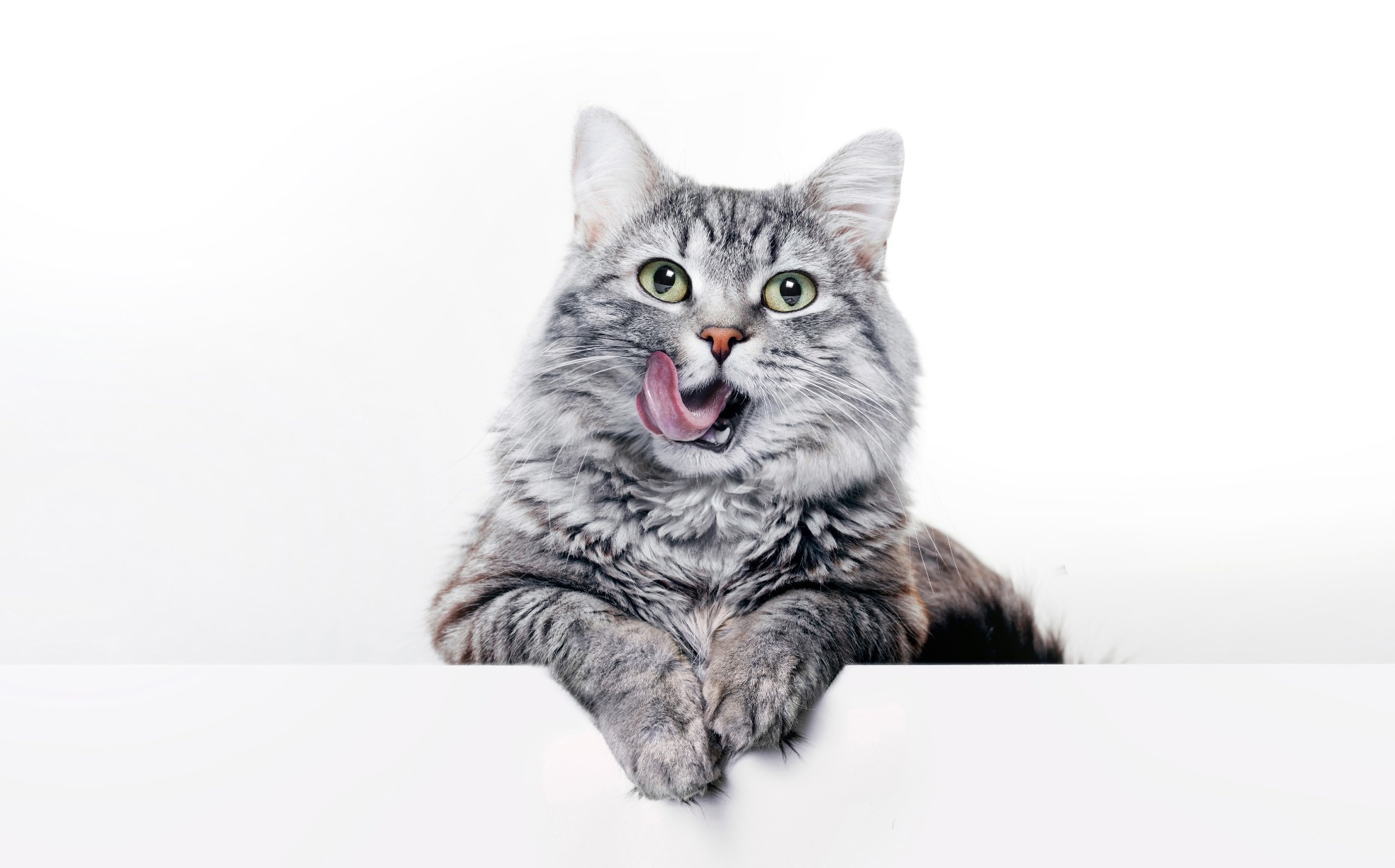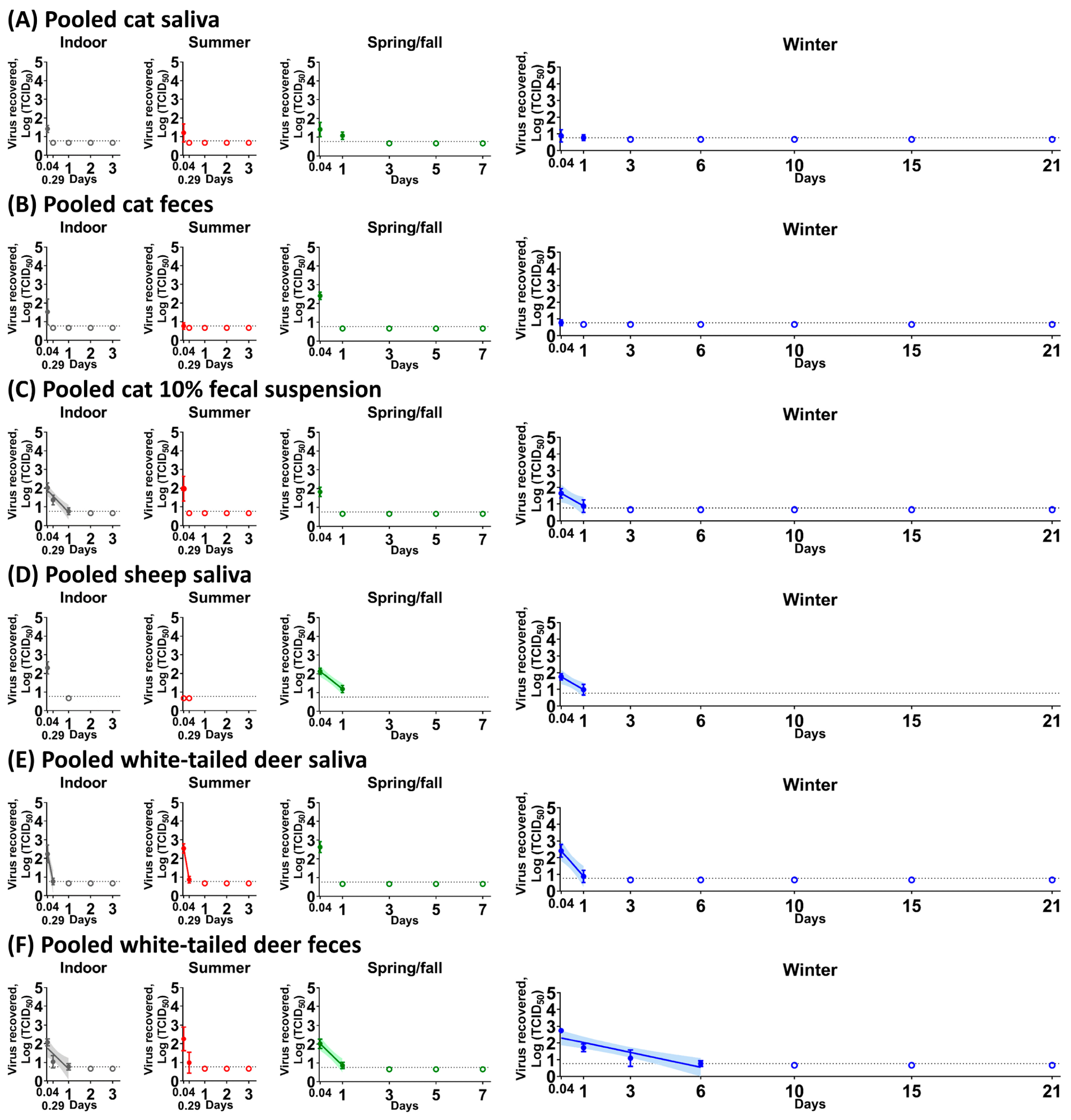In a recent study published in the Viruses journal, researchers assessed the stability of severe acute respiratory syndrome coronavirus 2 (SARS-CoV-2) among biological fluids found in animals.
Since the emergence of SARS-CoV-2 in 2019, the virus has continuously evolved genetically, jumped species barriers, and further expanded its range of hosts. In addition, recent studies have detected interspecies transmission, such as infection of domestic pets as well as viral circulation among wildlife. However, understanding SARS-CoV-2 stability within animal biological fluids and their function in viral transmission is limited since prior studies mainly assessed human biological fluids.
 Study: Stability of SARS-CoV-2 in Biological Fluids of Animals. Image Credit: KDdesignphoto / Shutterstock
Study: Stability of SARS-CoV-2 in Biological Fluids of Animals. Image Credit: KDdesignphoto / Shutterstock
About the study
In the present study, researchers at Kansas State University determined SARS-CoV-2 stability within biological fluids obtained from three animal species, namely sheep, cats, and white-tailed deer (WTD).
The team collected salivary, fecal, and urinary samples from sheep, cats, and WTDs. Cytopathic impacts were assessed four days after SARS-CoV-2 inoculation, followed by the estimation of viral titer. The stability exhibited by SARS-CoV-2 variants of concern (VOCs) as examined in WTD fecal suspensions using SARS-CoV-2 Alpha, Delta, and Omicron VOCs, which were cultivated in Vero-transmembrane serine protease 2 (TMPRSS2) cells. Each viral stock also underwent sequencing. The WA-1 strain was cultivated in Vero-TMPRSS2 cells to create virus inocula in comparable conditions. The team estimated the SARS-CoV-2 viral decay rate by examining if the associated specimens were virus positive for a minimum of two time points.
Results
The study results showed that after incubation of SARS-CoV-2 in cat biological fluids, the team noted low infectious virus levels between 100.767 and 101.633 TCID50 isolated for up to one-day post-contamination (dpc) within pooled cat saliva samples irrespective of the environmental conditions. Pooled cat feces specimens also revealed viral titers between 100.767 and 102.412 TCID50 at one-hour post-contamination (hpc), while infectious virus could not be detected by 7 hpc.
In the pooled cat 10% fecal suspension, SARS-CoV-2 survived for up to one day in winter and indoor environments, with half-life values of 9.16 hours and 5.99 hours, respectively. On the other hand, the team noted longer viral survival within cat urine samples. Also, with respect to fall or spring conditions, SARS-CoV-2 displayed stability for up to three to seven days in pooled alone with two individual cat urine specimens. Notably, half-life values observed for winter conditions were considerably shorter as compared to that under fall or spring conditions for all three tests of cat urine specimens.
 SARS-CoV-2 stability in pooled cat saliva (A), pooled cat feces (B), pooled cat 10% fecal suspension (C), pooled sheep saliva (D), pooled white-tailed deer saliva (E), and pooled white-tailed deer feces (F). Each biological fluid was spiked with 5 × 104 TCID50 of SARS-CoV-2 and incubated under indoor (gray), summer (red), spring/fall (green), and winter (blue) conditions. At each time point, the virus was recovered and titrated on Vero E6 cells. The simple linear regression was estimated when the infectious virus was at least present at two different time points. The virus titer is represented as the mean and standard deviation of log transformed TCID50 titers (colored circle), whereas empty colored circles represent negatives in triplicate. Colored lines and their shaded areas represent a best-fit line and 95% confidence interval of the simple linear regression. On the x-axis, 0.04 and 0.29 days are equal to 1 and 7 h, respectively. Due to insufficient volume of pooled sheep saliva (D), the virus stability was observed at two time points. The best-fit line was not shown in pooled cat saliva under spring/fall and winter conditions (A), and pooled white-tailed deer feces under summer conditions (F) because the slope of simple linear regression was not significantly different than zero.
SARS-CoV-2 stability in pooled cat saliva (A), pooled cat feces (B), pooled cat 10% fecal suspension (C), pooled sheep saliva (D), pooled white-tailed deer saliva (E), and pooled white-tailed deer feces (F). Each biological fluid was spiked with 5 × 104 TCID50 of SARS-CoV-2 and incubated under indoor (gray), summer (red), spring/fall (green), and winter (blue) conditions. At each time point, the virus was recovered and titrated on Vero E6 cells. The simple linear regression was estimated when the infectious virus was at least present at two different time points. The virus titer is represented as the mean and standard deviation of log transformed TCID50 titers (colored circle), whereas empty colored circles represent negatives in triplicate. Colored lines and their shaded areas represent a best-fit line and 95% confidence interval of the simple linear regression. On the x-axis, 0.04 and 0.29 days are equal to 1 and 7 h, respectively. Due to insufficient volume of pooled sheep saliva (D), the virus stability was observed at two time points. The best-fit line was not shown in pooled cat saliva under spring/fall and winter conditions (A), and pooled white-tailed deer feces under summer conditions (F) because the slope of simple linear regression was not significantly different than zero.
Viral incubation in sheep biological fluids showed that a viral titer of 102.301 TCID50 was recovered at 1 hpc in pooled sheep saliva samples in an indoor environment, while no virus was detected under summer conditions. Furthermore, SARS-CoV-2 displayed stability for up to 1 dpc within pooled sheep saliva samples, taking into account spring/fall and winter environments, with half-life values of 9.04 hours and 7.34 hours, respectively. Yet, the team recovered no infectious virus from pooled sheep fecal samples or 10% fecal suspensions at any tested time points.
Virus incubation in WTD biological fluids showed that SARS-CoV-2 survived for 1 dpc in WTD pooled saliva samples, revealing half-life values of 1.23 hours for the indoor environment, 1.08 hours for the summer environment, and 4.52 hours for the winter environment. SARS-CoV-2 displayed great stability for up to 6 dpc within pooled WTD fecal samples, exhibiting a half-life of 6.28 hours under indoor environments, six hours under fall/spring environments, and 24.44 hours under winter environments. This finding was in obvious contrast to the results for fecal samples from sheep, cats, and humans.
SARS-CoV-2 also displayed stability in WTD pooled urinary samples for up to 21 dpc and revealed a seasonal stability trend. On the other hand, the urine sample of one WTD that was obtained from the bladder during necroscopy showed that SARS-CoV-2 was stable for only up to 7 hpc in summer and indoor environments and 1 dpc under winter and fall/spring environments. This indicated the differential viral decay rates in urine samples obtained from the same subject employing different techniques.
Conclusion
The study findings showed that SARS-CoV-2 could survive for up to one day after inoculation in the salivary samples of sheep, cats, and WTDs. The team could isolate the virus for up to six days in WTD fecal samples and up to 15 days in WTD fecal suspensions. However, the virus was comparatively unstable in sheep and car fecal samples and suspensions. While the exact function of biological excretions and secretions in viral transmission is unclear, the researchers believe that the study has provided novel insight into their role in SARS-CoV-2 transmission.